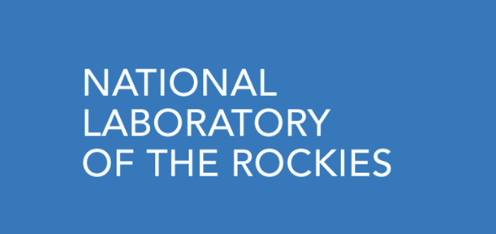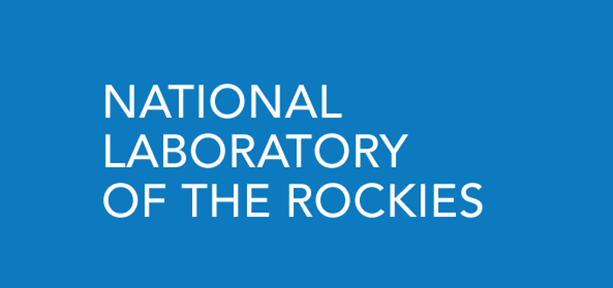Biorefinery Optimization Model (Biorefine)

Abstract:
Biorefine represents a series of optimizable biorefinery models designed to enable users to theoretically maximize the profitability of a conceptual biorefinery configuration through linear and non-linear programming approach. The major user inputs for the models are (1) available feedstocks, properties and costs, (2) biorefinery design basis (types and capacities of conversion units) and (3) fuel and product target prices and applicable incentive values. With the set of inputs, the model will determine the optimal processing strategy to maximize profit of the facility. Biorefine model(s) will be developed in FY2020 to assess potential for increasing Gen 1.0 ethanol plant profitability through
cellulosic biomass integration and alternative product slates.
Model/Tool Platform:
Aspen PIMS/MS Excel
General Modeling Type:
Hybrid / other: Optimization (hybrid)
Primary analytical purpose:
Techno-economic analysis:
Technical and economic analysis of technologies or systems of technologies.
Secondary analytical purpose:
Feasibility/Implementation assessment:
Assessment of the feasibility or implementation of technologies and feedstocks in terms of operations or in the context of their landscape or market.
Metric categories:
- Environmental:
- Air Quality (non-GHG emissions)
- Environmental Productivity (feedstock-related, e.g., NPP or yield)
- GHG Emissions
- Water Impacts (quality and/or quantity)
- Socio-economic:
- Process Productivity (conversion-related, e.g., yield)
- Techno-economic Impact
Geospatial resolution:
Field/Watershed
Temporal resolution:
Days
Laboratory:
NLR - National Laboratory of the Rockies
Principal investigator:
Mike Talmadge
Model start year:
2014
Model last updated:
2017
Development status:
Fully Developed with periodic updates
Level of validation/review:
Internal QA/QC or Peer Review
Links:
Model scope:
Biomass Supply
Feedstock Logistics
Conversion
Distribution
End Use
- Feedstock Types
- Starch
- Sugar Crops
- Oil Crops
- Fiber Crops
- Cover Crops and Hay
- Agricultural Residues
- Herbaceous Energy Crops
- Forest Residues
- Forest Resources
- Woody Energy Crops
- Solid Wastes (e.g., MSW, C&D, yard trimmings)
- Algae
- Wet Wastes (e.g., wastewater sludge, animal manure, food waste)
- Fats, Oils, and Greases
- Landfill Gas
- CO2
- Other Gaseous
- Other Feedstock (not listed)
- Conversion Technology
- Starch to Sugars
- Lignocellulosic Biomass to Sugars
- Lignocellulosic Biomass to Gaseous Intermediate
- Lignocellulosic Biomass to Biocrude Intermediate (TC)
- Waste to Biocrude Intermediates (HTL)
- Waste to Gaseous Intermediate
- Biomass-Based Oil Extraction
- Syngas Catalytic Upgrading
- Sugar Catalytic Upgrading
- Oil Catalytic Upgrading
- Sugar Biological Upgrading
- Syngas Biological Upgrading
- Alcohol Catalytic (e.g., ethanol or isobutanol to jet)
- Algae to Sugars
- Algal Oil
- Algae to Biocrude Intermediate (HTL)
- HEFA
- Other
- Products/Process Outputs
- Transportation Fuels - Biodiesel
- Transportation Fuels - Ethanol
- Transportation Fuels - Renewable Diesel
- Transportation Fuels - Renewable Gasoline
- Transportation Fuels - Renewable Jet
- Other Transportation Fuels
- Renewable Natural Gas
- Biopower
- Biohydrogen
- Intermediate - Sugars
- Intermediate - Clean Biomass-based Crop Oils
- Intermediate - Clean Biomass-based Algal Oils
- Intermediate - Pyrolysis or Biocrude Intermediate
- Intermediate - Syngas
- Other Intermediate
- Bioproducts
- Other Process Output
- Transportation Market Segment
- Light Duty Vehicles
- Heavy Duty Vehicles
- Trains
- Aviation
- Marine
- Other Transportation Segment
1
2
3
4
Analytical Purpose
Supply Chain Elements
Biomass Supply
Feedstock Logistics
Conversion
Distribution
End Use
Information last updated: Sep. 17, 2019 13:45:46 EDT
